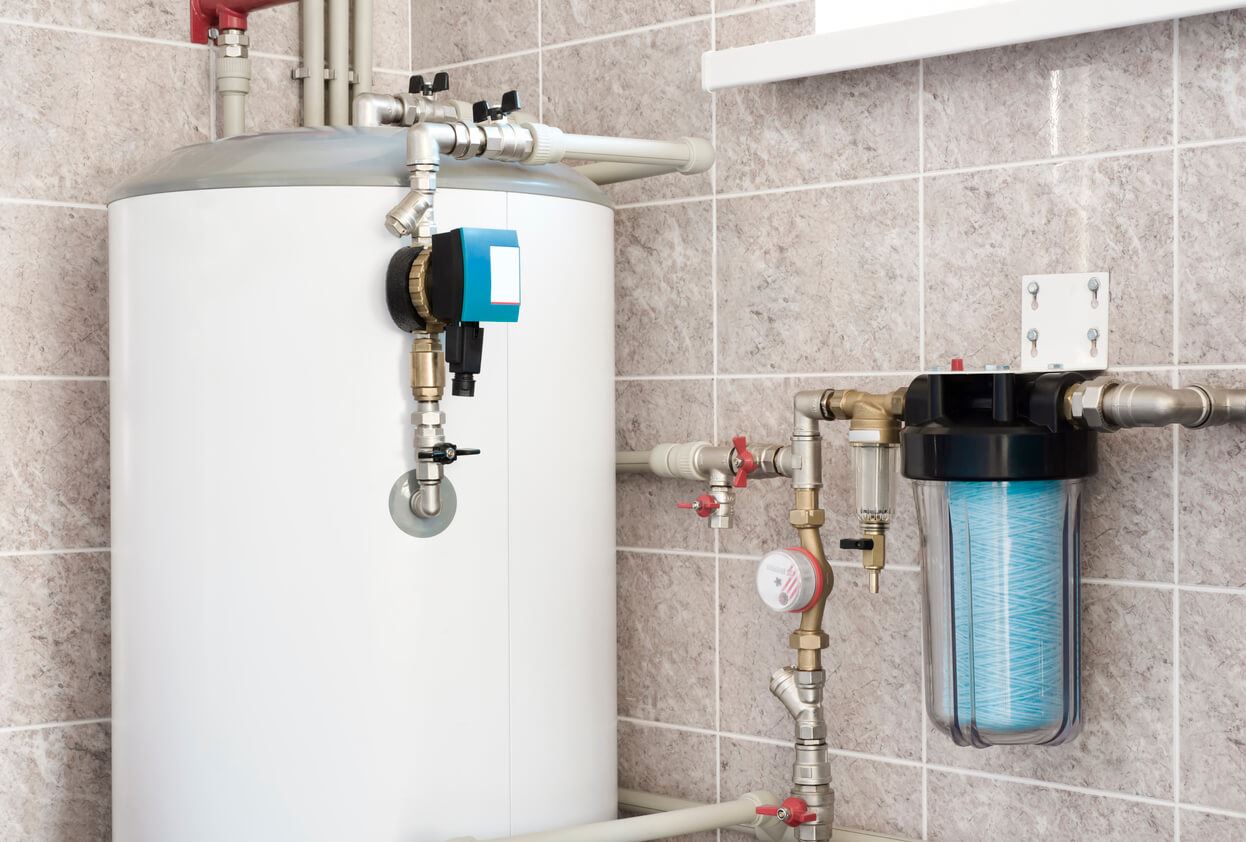Installing a New Heating System? Make the Right Decision for Your Home.
How familiar are you with your home’s heating system? If you are like most homeowners, you might have some knowledge about the type of system you have—including how old it is and maybe some of its little quirks—but aren’t aware of the other types of heaters out there. With 42% of your home’s utility bill coming from your heating system, it is important to select a heater that best suits your needs. Today, our heating specialists at Meyer’s are sharing the benefits and drawbacks of two heating titans: boilers and furnaces.
What Is a Boiler?
Boilers are closed containers that heat water under pressure using either natural gas, oil, or electricity as a fuel source. Once the water is heated in this container, it travels through your home as either steam or hydronic heat.
How a boiler heats your home:
- The boiler is equipped with a burner, which uses fuel to heat gases.
- This hot gas is moved to the heat exchanger, which is used to heat the water in the boiler’s container.
- For a steam system, the water is heated past boiling, which creates steam. Because steam is lighter than air, the hot steam will move up the system and into a radiator. This radiator will distribute heat throughout your home. In a hydroponic system, water is heated just under boiling and is sent to hydronic radiators using a pump and a series of pipes.
- Once the water is heated, the boiler will purge the used gases out of your home using vents.
- After the steam or water has been used, it is returned to the boiler to be re-heated, and the process begins again.
What Is a Furnace?
Furnaces use electricity, gas, or propane to heat the air in your home and work in either a single-stage or two-stage system.
How a furnace heats your home:
- The furnace’s valve will open and allow fuel to travel to the burner.
- The pilot light is ignited and begins to heat the burner.
- The burner heats the exchanger, which then heats the air in your home.
- A blower assembly moves the heated air throughout your home using ductwork.
If you are considering a two-stage system, the only difference is that the valve on these systems can be partially opened to control output. A control panel and thermostat will regulate the opening and closing of this valve.
Pros and Cons
While boilers and furnaces both accomplish the same thing, they each offer unique advantages and disadvantages. The first thing that comes to mind when comparing these two systems is price. Furnaces are more common than boilers and are less expensive to purchase and install. That being said, once a boiler is installed, running costs are reduced, so you could be saving money on your monthly heating bills.
The second consideration people have when looking at heaters is their home’s comfort. Generally, boilers make less noise than furnaces and can heat your home more consistently. However, they are also slow to react to thermostat adjustments, which means when you need a quick temperature change, this system won’t be the most responsive. Furnaces can adjust more quickly to changes on the thermostat but have been known to heat less consistently.
A third factor to consider is repair and maintenance costs. Boilers typically require less maintenance than furnaces because they don’t have ductwork to upkeep; however, frozen pipes and leaks are repair concerns. On the other hand, furnaces do need regular maintenance to ensure the ductwork is properly maintained and your filters are clean.
No matter what type of system you choose, you should rely on a heating expert to steer you toward the best heating unit for your home, and to install it properly. Reach out to the pros at Meyer’s to learn more about the best heating solution for you and your home. Call today at (219) 240-0610.



.png)